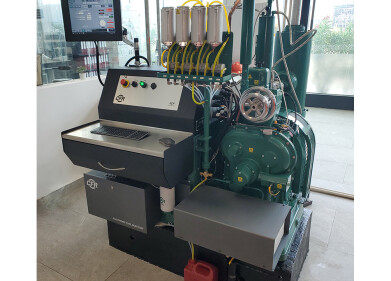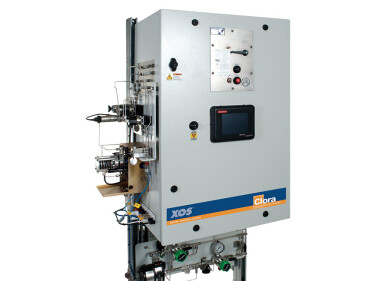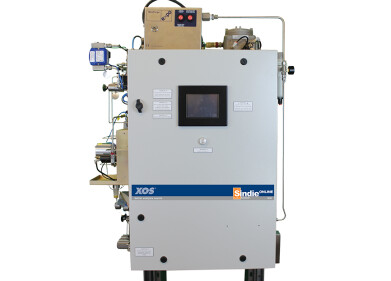Analytical instrumentation
Automated Smoke Point Receives ASTM and DEF STAN Approval
Mar 03 2013
The SP10 Automated Smoke Point from AD Systems (France) of Aviation Turbine Fuels and Kerosines is now officially part of ASTM D1322. The following statement is now included in the ASTM D1322 method: 1.2 An interlaboratory study was conducted in 2012 (see ASTM RR:D02-1747 for supporting data) involving 11 manual laboratories and 13 automated laboratories, with 15 samples tested in blind duplicate. The automated procedure demonstrated objective rating and superior control and should be considered the preferred approach.
IP 598 (Determination of the smoke point of kerosine, manual and automated method) is now part of Def Stan 91-91, Issue 7, Amendment 2. Additionally, the MoD (Ministry of Defense) which is responsible for Def Stan 91-91 has published an official document stating that the automated smoke point will be the referee method on Jan. 1st, 2014.
The Smoke Point method, in accordance with ASTM D1322, IP57, and ISO3014, is one of the oldest test methods in the petroleum industry. This test method provides an indication of the relative smoke producing properties of kerosines and aviation turbine fuels in a diffusion flame. The smoke point is related to the hydrocarbon composition of such fuels. Generally, the more aromatic the fuel, the smokier the flame. A high smoke point indicates a fuel of low smoke producing tendency. Performing the test manually requires highly skilled technicians with years of experience. Additionally, the manual test is time consuming. The current visual rating method suffers from the drawback of operator subjectivity. The visual measurement of an open flame is a challenging exercise and potentially dangerous for laboratory personnel. The visual rating of the flame can vary significantly between operators.
The SP10 has revolutionised Smoke Point Testing. This unique automated instrument uses a patented system (License TOTAL RM) based on a video camera that measures the flame. The flame image is digitalised. The dedicated software determines the height of the flame when its shape corresponds to the shape described D1322. This specific flame is the one with the maximum height without smoke generation. The SP10 performs three determinations of flame height and reports the average value in strict accordance with the method. The results are saved in an internal database and can be printed, transferred to a USB drive and/or sent to a LIMS. Every test is fully documented and traceable, which is imperative for aviation industry quality procedures.
The SP10 is an Automated Smoke Point instrument that strictly follows the test method while both eliminating the subjectivity inherent to the manual test and significantly improving repeatability and reproducibility. In addition to the vastly increased precision, the new automated method offers nearly a 60-75% reduction in labor costs. Pre-calibration tests are no longer required which also represents a significant reduction in labor costs, virtually eliminating the need for routine blending of calibration standards. The most significant savings are realised in the improved precision. The new method drastically reduces “give-away” due to product over specification. Additionally, the SP10 eliminates all safety risks linked to the visual observation of an open flame.
AD Systems have also proud to announce the completion of a new 600 sq. meter facility located south of Caen/Normandy, France.
Digital Edition
PIN 25.6 Buyers' Guide
January 2025
Buyers' Guide Directory - Product Listings by Category - Suppliers Listings (A-Z) Articles Analytical Instrumentation - ASTM D7042: The Quantum Leap in Viscosity Testing Technology -...
View all digital editions
Events
Jan 25 2025 San Diego, CA, USA
SPE Hydraulic Fracturing Technology Conference and Exhibition
Feb 04 2025 The Woodlands, TX, USA
Feb 05 2025 Guangzhou, China
Trinidad and Tobago Energy Conference 2025
Feb 10 2025 Point Lisas, Trinidad
Feb 11 2025 Lagos, Nigeria




















